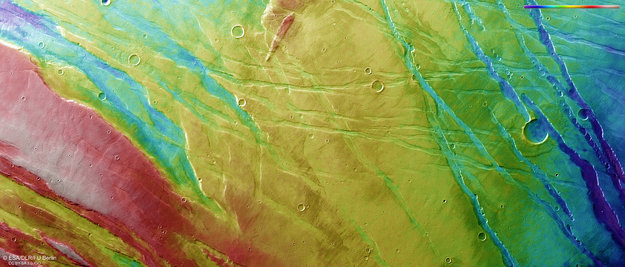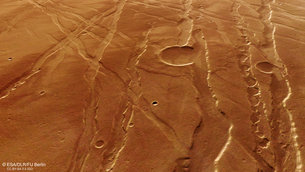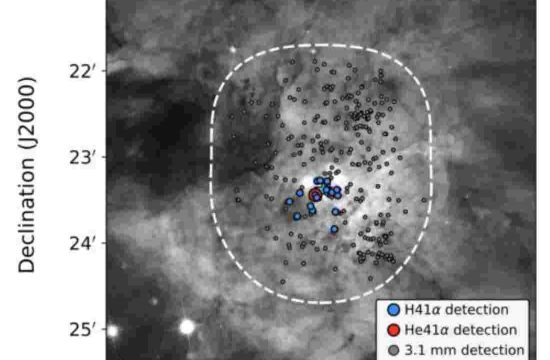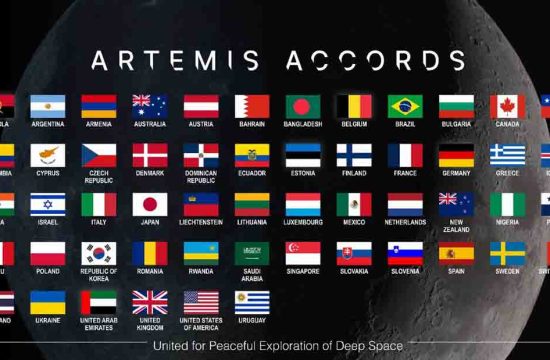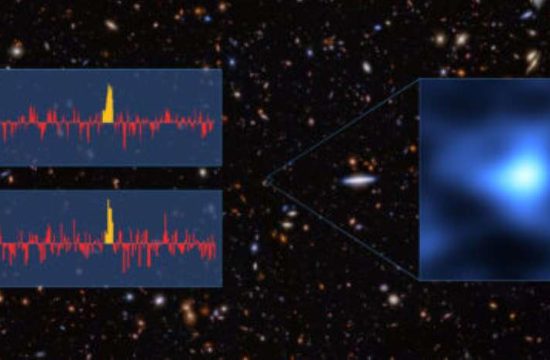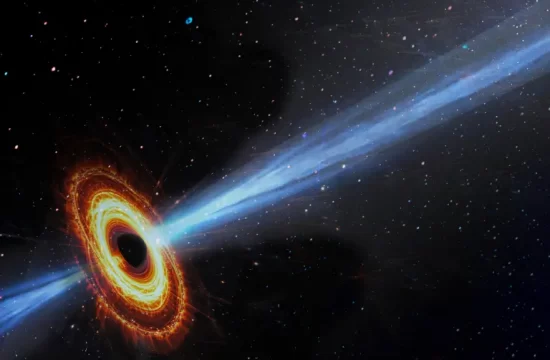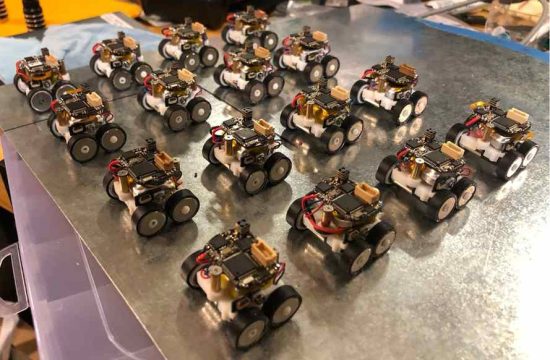
This colourful image resembles an abstract watercolour, but it is in fact a colour-coded topographic map of one of the most geologically diverse regions on Mars.
The images featured in this release were taken by the high-resolution stereo camera on ESA’s Mars Express on 10 November 2014, and focus on Tempe Fossae in the Ascuris Planum region of Mars.
Situated at the northeastern edge of the Tharsis volcanic province, this region is found close to the transitional zone between the ancient southern highlands and the young northern lowlands. It is characterised by a large variety of tectonic and volcanic structures with ages that span much of the Red Planet’s geologic history.
As can also be seen in the colour image above, the region is criss-crossed by large numbers of linear and curvilinear features. These are most likely ‘graben’, products of the planet’s crust having been stretched apart. Graben is the term given to the section of the crust at lower elevation, bordered by sets of parallel faults.
The relative heights and depths of the graben can be seen in the colour-coded topography map, where red/white represents the highest terrain, and blues and purples show lower terrain. They are a few kilometres wide and 1–2 km deep.
The anaglyph image below also gives a good impression of the topography of these features.
While the majority of the troughs making up Tempe Fossae seem to follow a parallel NE–SW orientation, the small section showcased in the images presented here also reveals another set of troughs running almost perpendicular to these. The cross-cutting nature of these features indicates different periods of stress and strain over the history of the planet.
In addition to the tectonic features, a number of lava flows can be spotted, notably towards the south at higher elevations. These may have erupted from fissures and are perhaps associated with the nearby small shield volcano Labeatis Mons.
On the right (northern) side of the main image, and in perspective view in the image below, an interesting impact crater can be seen with its rim breached by a graben. Remnants of the crater’s ejecta blanket – the debris that is thrown out during an impact – have also been truncated and can be seen on the opposite side of the graben.
A smaller crater to the far right of the perspective view also exhibits a breached rim.
Nearby, there are strings of circular pit craters. Three main processes are known to form such pit-crater chain structures, involving volcanism, tectonic activity or groundwater.
If volcanic, then they may point to ancient lava tubes. Over time, segments of their roofs collapse, leaving circular features on the surface. This is sometimes seen on the flanks of shield volcanoes – on Earth this is seen in Hawaii, for example.
Pit crater chains are also formed during extension of the crust, such as during the formation of graben. When the crust is stretched apart linear fractures are formed and the weakened material drops down into void spaces, creating the appearance of a pit-chain.
Alternatively, groundwater can generate sinkholes: underground caverns are created via percolating groundwater, dissolving material until the ceilings can no longer support the weight above, and it collapses in a string of pits.
Regardless of how the pits in the Ascuris Planum region of Mars formed, it is clear that this region has a complex past, with many episodes of geological activity.


